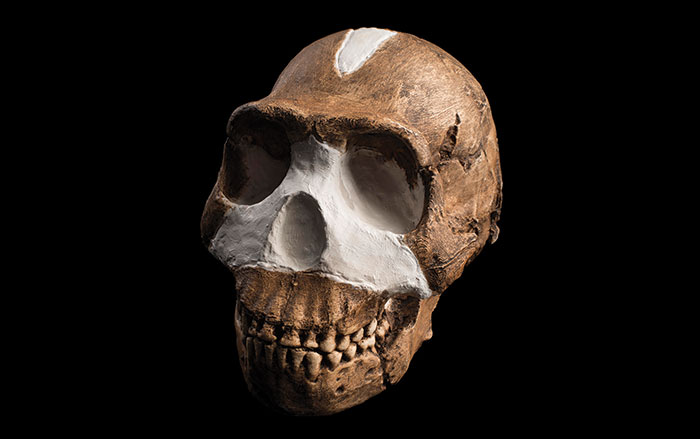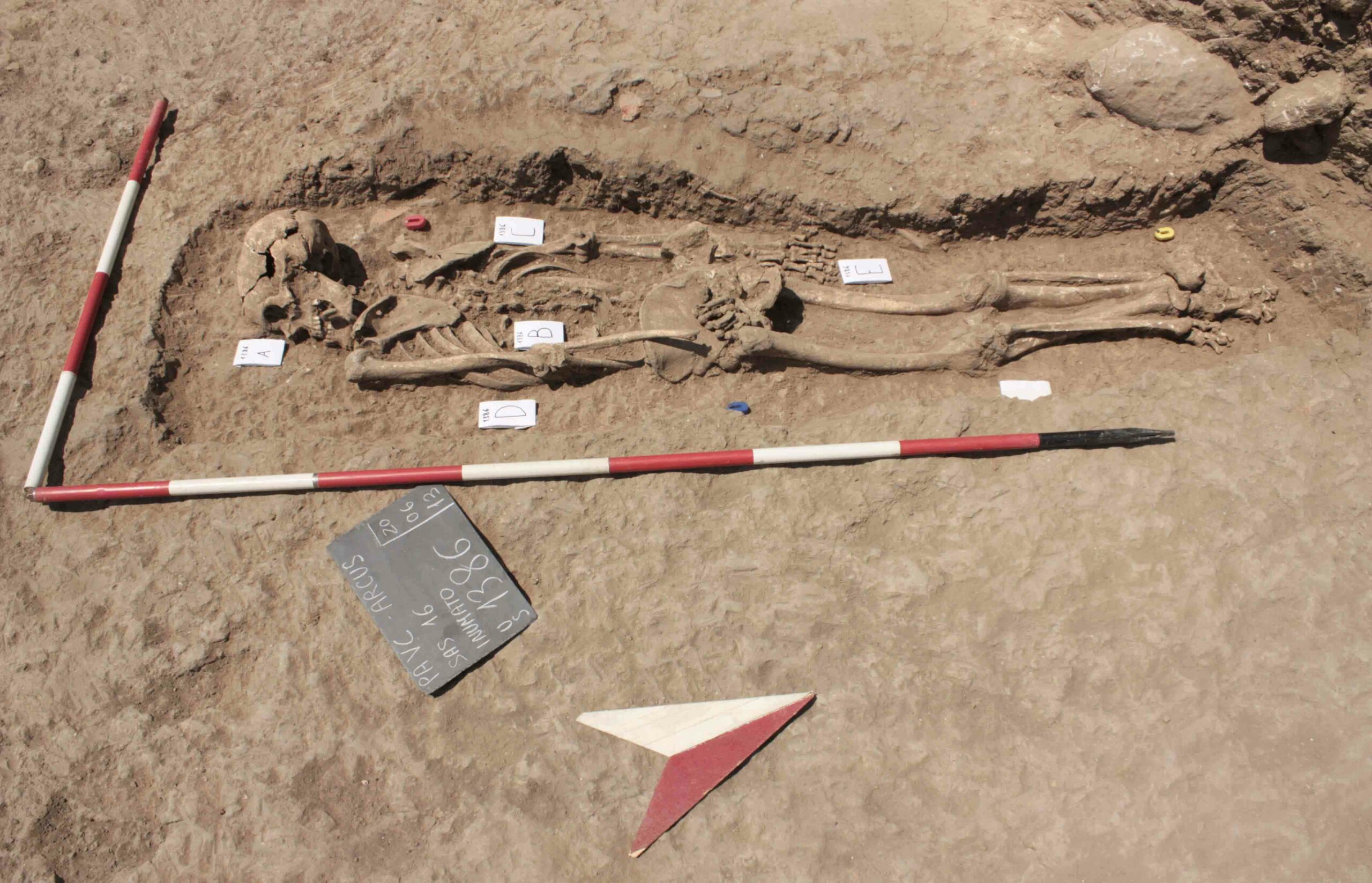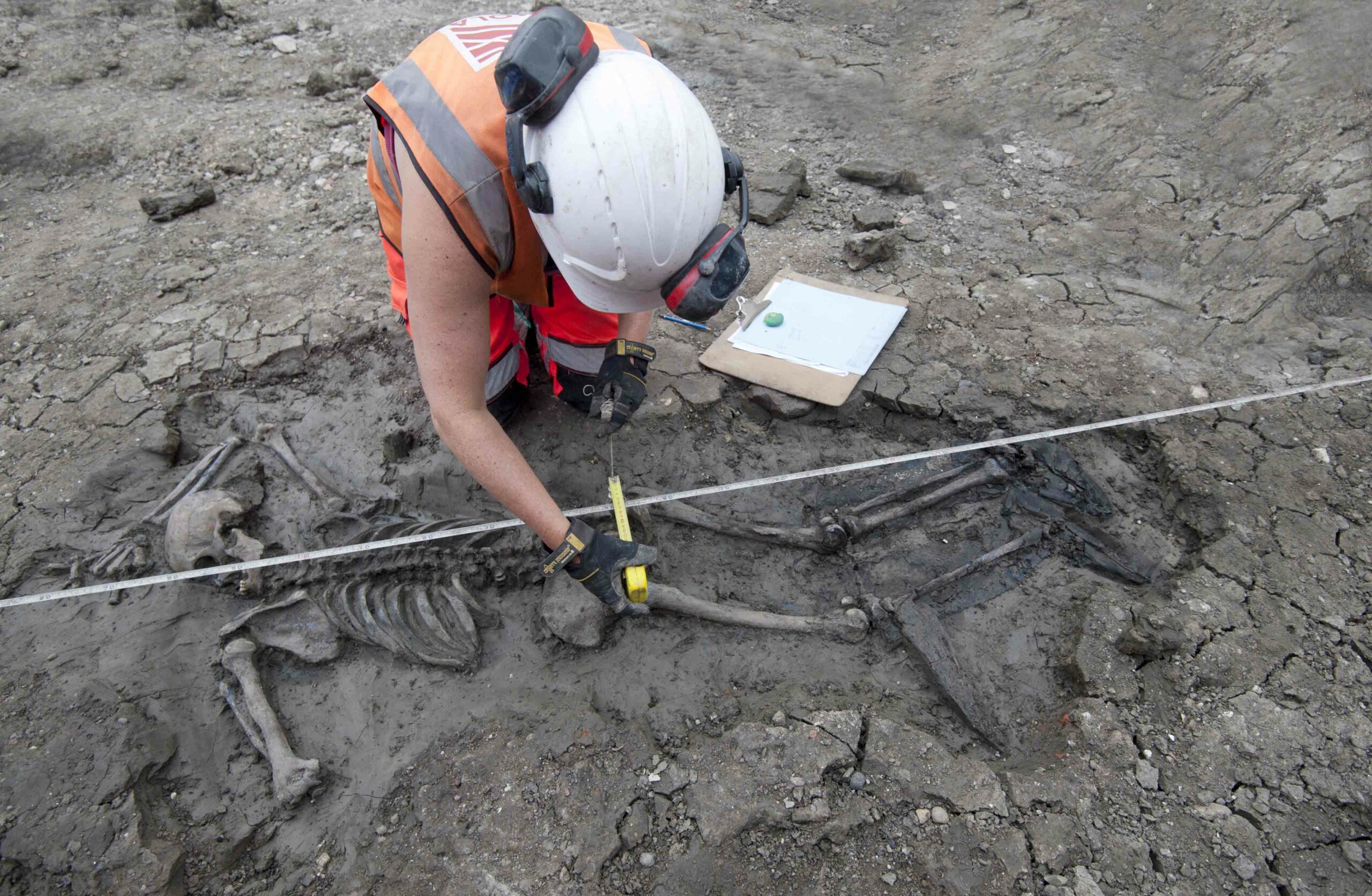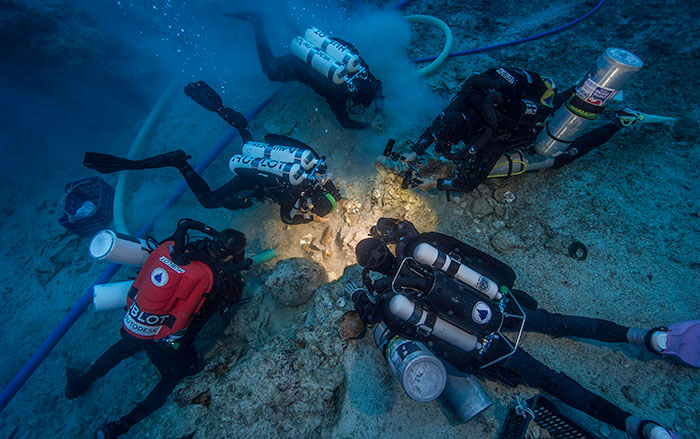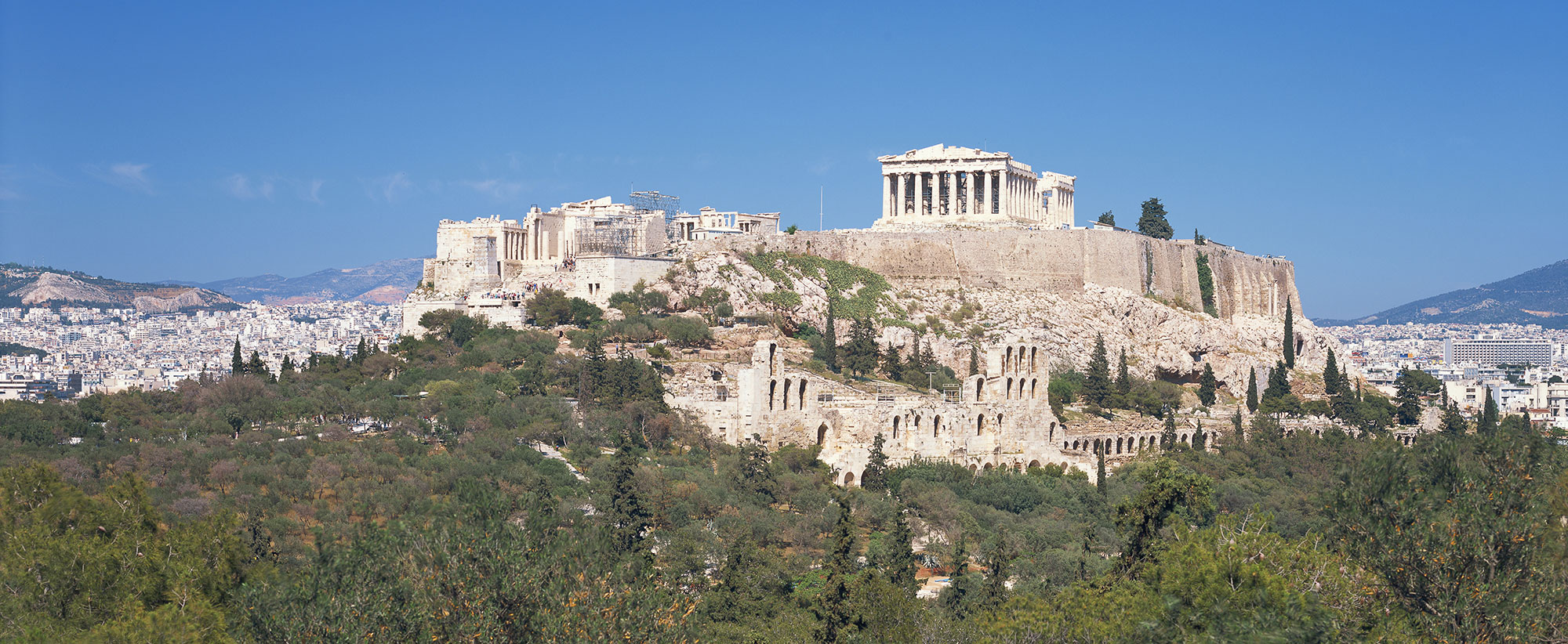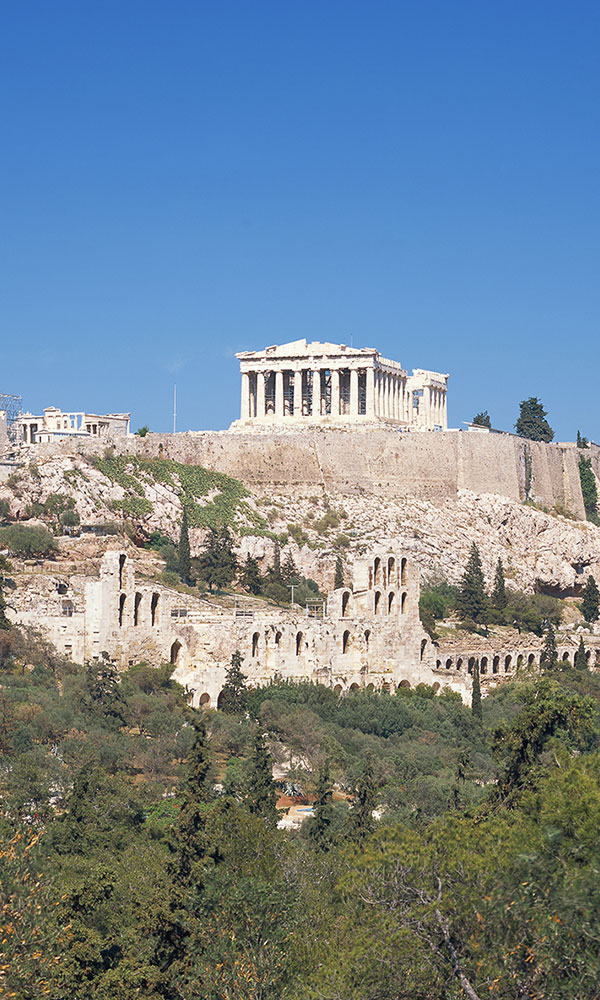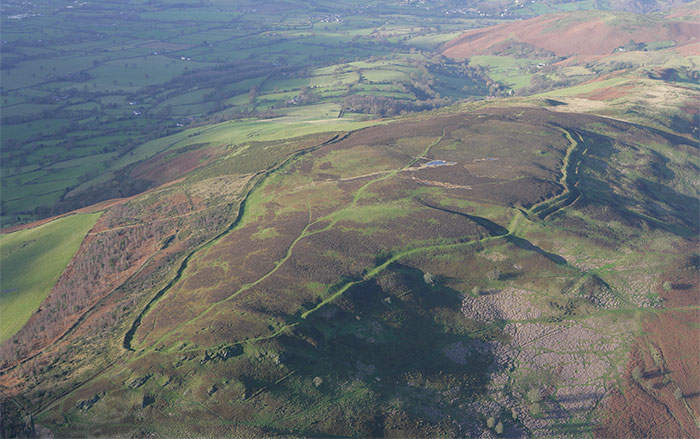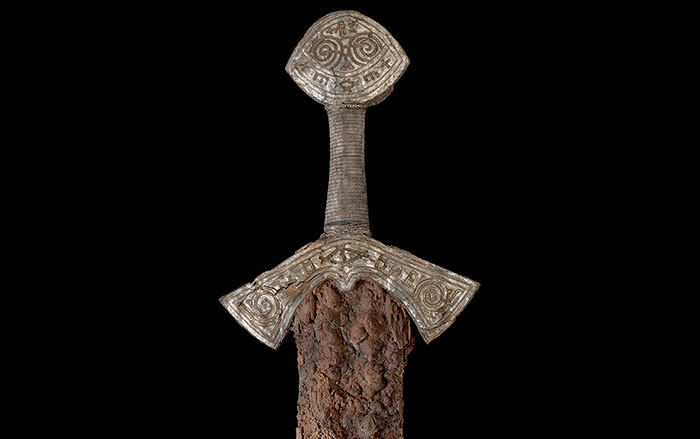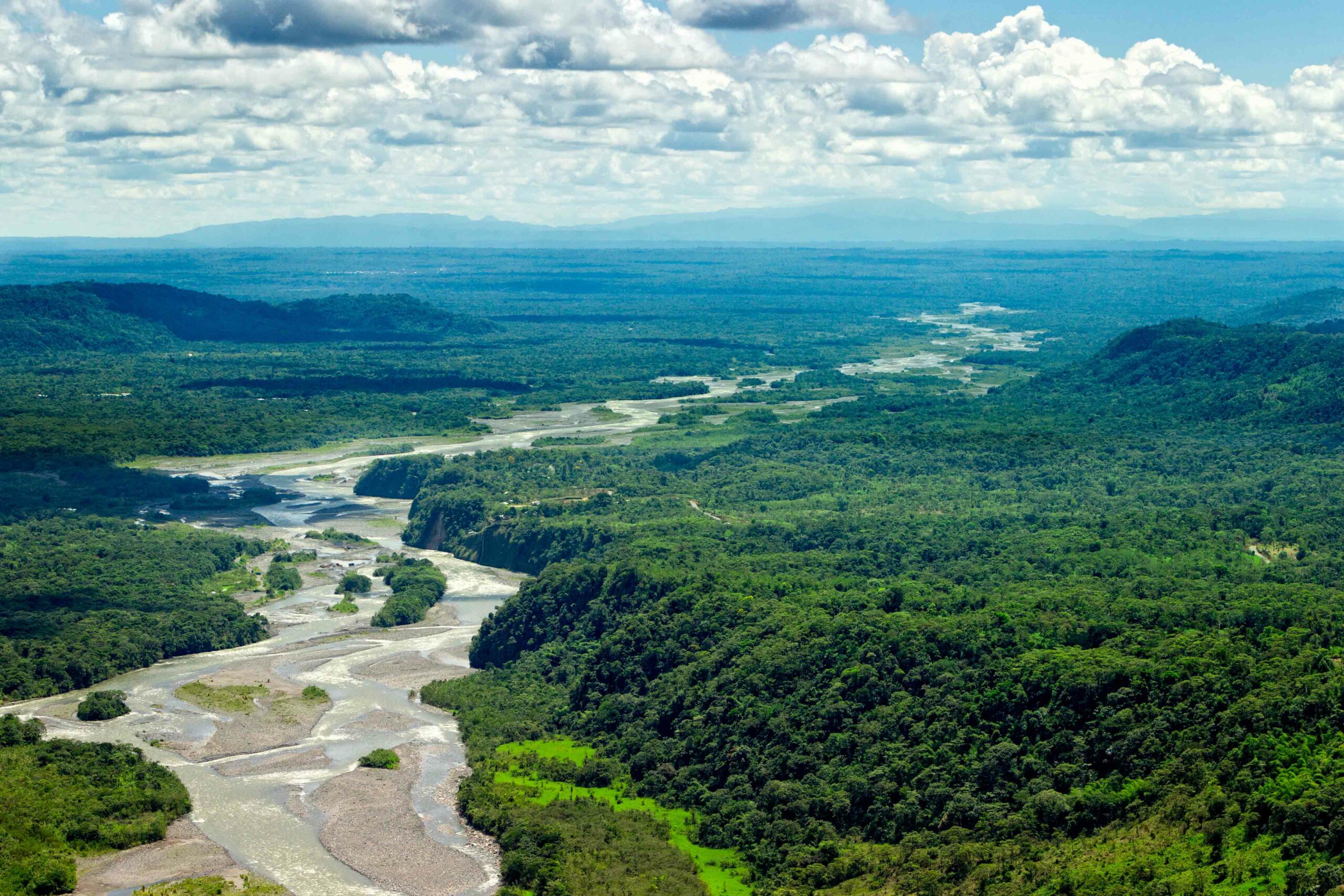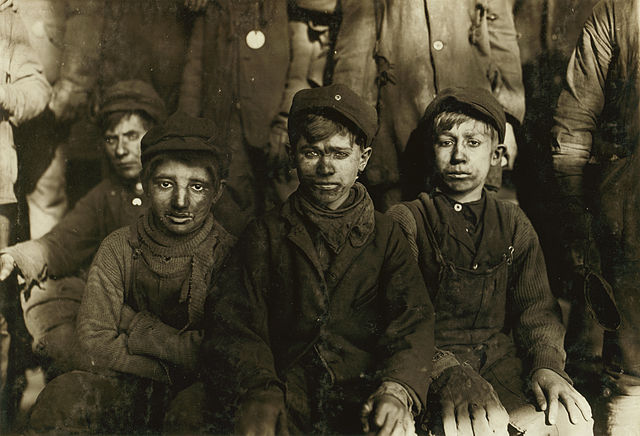
RALEIGH, NORTH CAROLINA—Forensic scientists at North Carolina State University say that their analysis of the injuries of modern child abuse victims can be used to shed light on how children were treated in the past. “Unfortunately, we have a lot of experience in studying the skeletal remains of children in criminal investigations to determine how they were treated and how they died. We can use what we’ve learned in modern populations to provide insight into the behavior of historic and prehistoric populations—particularly in regard to child labor, child abuse, and child murder,” anthropologist Ann Ross said in NC State News. The research suggests that scientists can differentiate between children’s accidental and intentional injuries. “For example, some combinations of injuries are highly indicative of abuse, such as multiple rib fractures at different stages of healing. That’s a red flag,” Ross explained. And skeletal abnormalities in children, caused by conditions such as rickets and scurvy, can be caused by neglect. “Our goal here is to give biological anthropologists clinical methods to help them interpret skeletal remains based on the best scientific data,” she said. To read more about children in the archaeological record, go to "Child Burials - Carthage, Tunisia."


